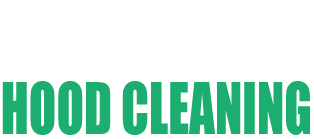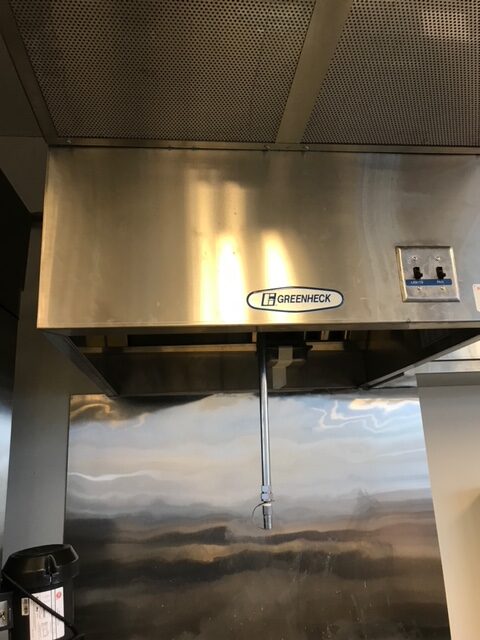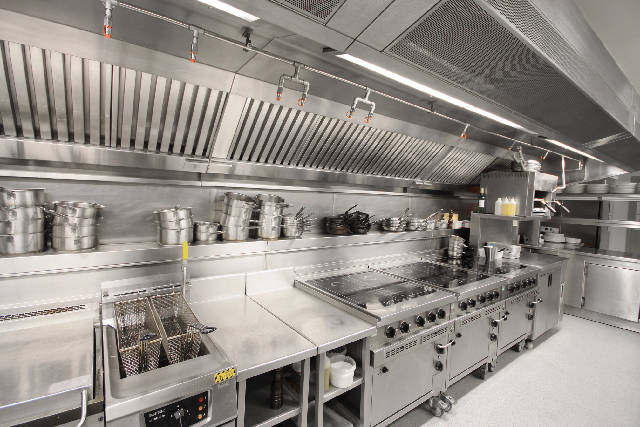Maintaining the Heart of Your Kitchen Healthy: A Step-by-Step Guide to Establishing and Up Keeping a Clean and Safe Kitchen Exhaust System in San Jose
Tips to Maintain a Functional Kitchen Exhaust System and its Maintenance.
1. Introduction
Welcome. A clean and safe kitchen exhaust system is at the core of a healthy kitchen environment, whether you run a restaurant or cook at home. In this guide, we offer an approach for maintaining such systems in San Jose.
2. Appreciating the Importance of a Clean Kitchen Exhaust System
A kitchen exhaust system plays an essential role in eliminating airborne contaminants such as smoke and grease from cooking areas, but over time dirt accumulates within it leading to reduced efficiency and increased fire risks. Regular maintenance is necessary in order to avoid these dangers and ensure a safe kitchen environment.
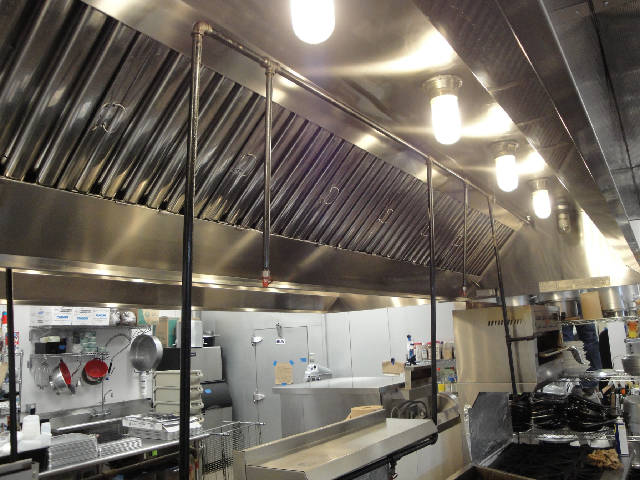
3. Step 1: Regular Inspection and Cleaning
The key to keeping a clean and safe kitchen exhaust system is regular inspection and cleaning by hiring professional services at least twice each year to conduct comprehensive evaluation of its condition, such as looking out for any signs of damage, excessive grease buildup, or any potential ventilation issues. They will check for signs of any potential danger and ensure proper ventilation is functioning optimally.
Step 4: Clearing grease buildup is a major concern with kitchen exhaust systems grease buildup.
Grease can collect on surfaces such as the hood, filters and ducts, creating an increased risk of fire. To remove grease buildup safely and quickly from these spaces, first scrape away visible grease using a plastic scraper before degreasing agent and scrub brush are applied in order to thoroughly cleanse each surface area.
Step 5: Clean Exhaust Hood Filters
Exhaust hood filters play a critical role in trapping grease particles before they enter the ductwork, so their care must be maintained regularly to maintain optimal functioning. To clean them effectively, first remove them from their housing unit before submerging them in hot water with degreasing agent for several minutes prior to brushing lightly with a toothbrush to scrub out any leftover grease particles before thoroughly rinsing before reinstalling back onto their housing device.
Step 6: Checking and Cleaning Exhaust Ducts
Exhaust ducts connect the hood to the exterior of a building. Over time, they may become blocked with grease, dirt and debris which obstruct proper airflow. Check the ducts regularly for any blockages or signs of damage; use a vacuum cleaner or duct cleaning brush as necessary to clear away obstructions to unrestricted airflow.
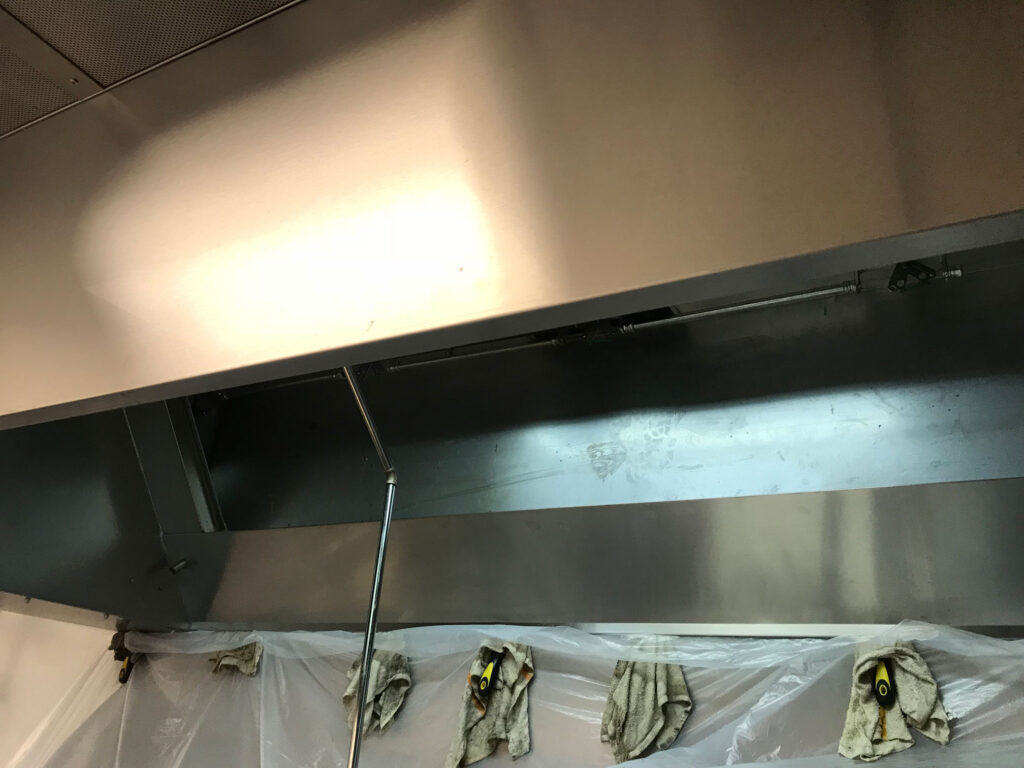
Step 7: Clean the Exhaust Fan
An exhaust fan is responsible for drawing air out of the kitchen and through its exhaust system. Over time, however, grease and dirt may accumulate on its blades, decreasing its efficiency. To clean it properly, shut off its power and remove any visible debris before wiping down with damp cloth or brush to make sure all surfaces are free from grime or grease build-up.
Step 8: Tips to Maintain a Healthy Kitchen Exhaust System To maintain an effective and safe kitchen exhaust system, here are a few essential maintenance steps:
Routinely clean surfaces on the hood, filters, ducts and fan. Consider scheduling professional inspections and cleanings twice annually at least.
Train your staff on proper maintenance practices and the importance of keeping a clean kitchen. Provide adequate ventilation and airflow in the kitchen area. Monitor and replace filters as required.
Stay abreast of local regulations and fire safety codes by adhering to these maintenance tips for keeping your kitchen exhaust system in tiptop condition – thus minimizing fire risks while creating an ideal working environment.
Conclusion
A healthy kitchen environment depends upon a well-maintained exhaust system. Routine inspection, hood cleaning, and maintenance can prevent grease buildup, lower fire hazards, and ensure optimal airflow. By following this article’s step-by-step guide on kitchen exhaust system care you can keep the heart of your kitchen healthy for an enjoyable cooking experience.
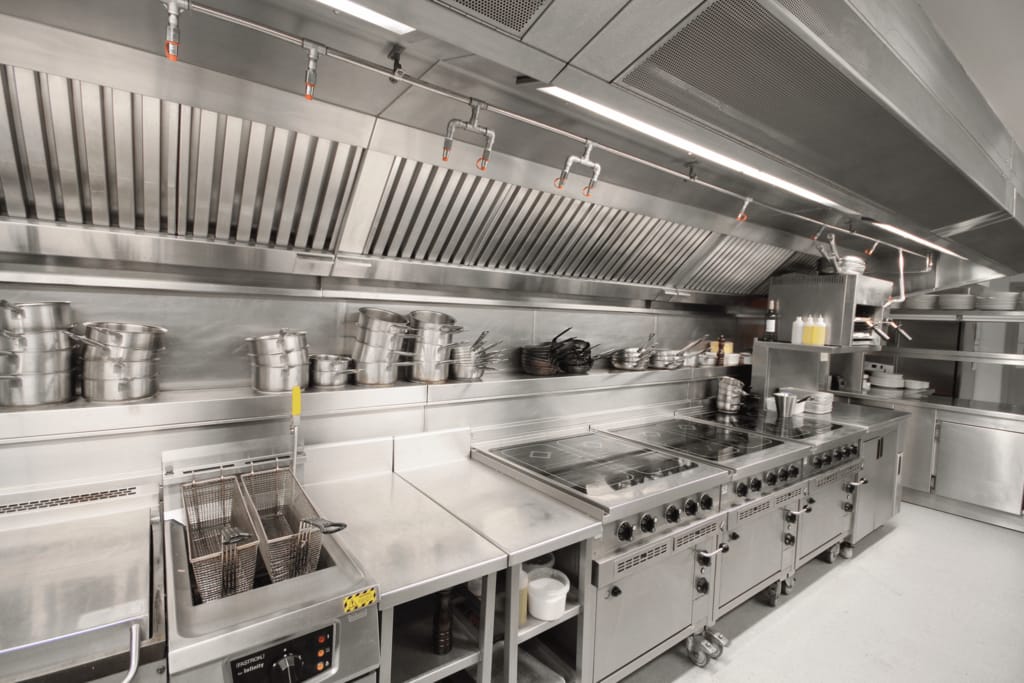
FAQs
1. How often should I have my kitchen exhaust system professionally cleaned?
It is recommended to hire a professional service at least twice every year to have your system professionally cleaned, though more frequent service may be necessary depending on how frequently food is being prepared in the kitchen and its type.
2. Can I Clean the Kitchen Exhaust System Myself?
While basic tasks may be carried out by kitchen staff, professional services offer superior cleaning capabilities for a thorough clean. Professional services have access to equipment, expertise and knowledge necessary for an in-depth cleaning and inspection service.
3. How can I determine if my kitchen exhaust system is malfunctioning?
Signs of a malfunctioning kitchen exhaust system include excessive smoke, foul odors, reduced airflow and visible grease buildup on surfaces. If any of these symptoms arises it is important to have it inspected and repaired as quickly as possible.
4. Are There Any Fire Safety Requirements for Kitchen Exhaust Systems?
Yes, there are specific fire safety regulations and codes pertaining to the installation and maintenance of kitchen exhaust systems. It is crucial for businesses to remain up-to-date with these laws to prevent potential fire hazards from developing.
5. Can a dirty kitchen exhaust system affect the quality of my food?
A dirty kitchen exhaust system can have an adverse impact on food by spreading odors, smoke and airborne contaminants throughout your cooking environment – thus diminishing both its freshness and quality. Regular maintenance helps maintain a healthier kitchen space that supports top notch cuisine production.
